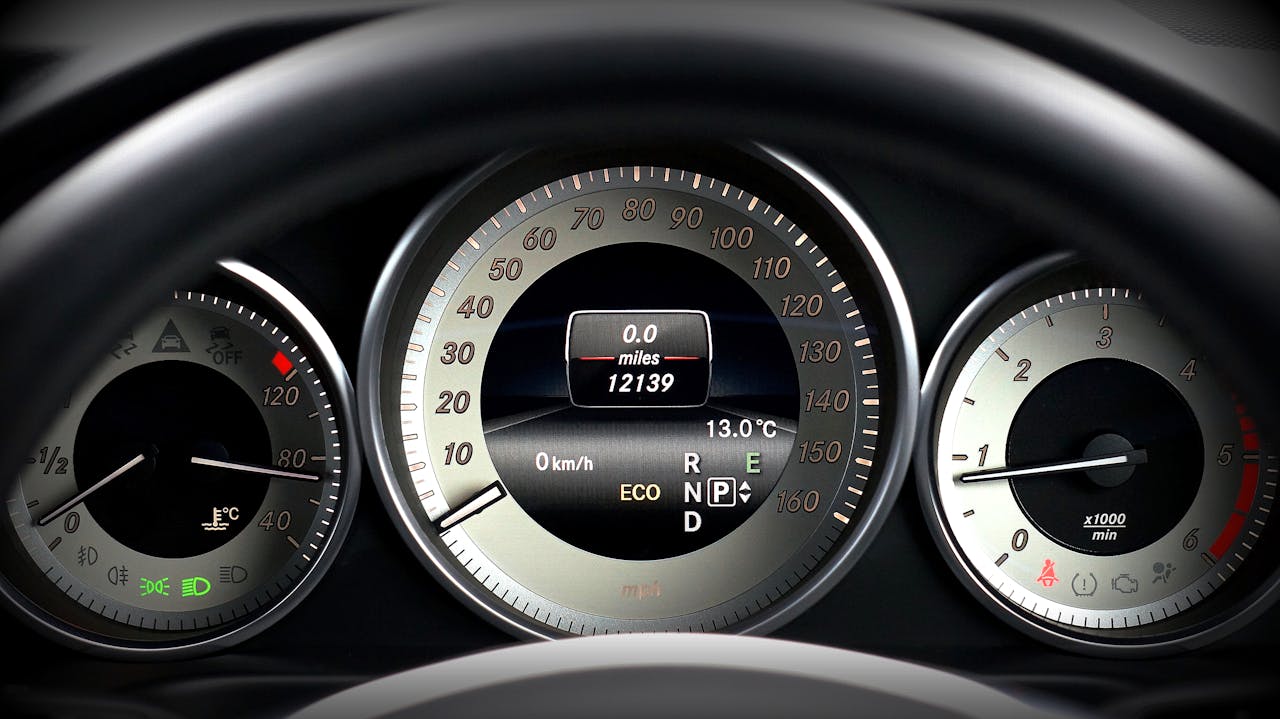Contents
Used electric cars are now some of the best-value vehicles you can buy, especially at auction. Thanks to falling EV prices, a growing supply of off-lease fleet vehicles, and widening gaps between wholesale and retail pricing, buyers are finding exceptional deals on models like the Tesla Model 3, Nissan Leaf, and Chevy Bolt. Auctions now feature compact EVs starting under $9,000, mid-size options like the Bolt and older Model 3s under $20,000, and even luxury EVs below $40,000, often $7,000 to $20,000 cheaper than their retail listings. As corporate lease returns flood the market and seasonal inventory patterns become more predictable, auctions have become a strategic place for buyers to access well-maintained, warrantied EVs that were once out of reach. This guide explains how the used EV auction landscape has shifted, and how you can take advantage of it to buy the right electric car at the right time, for the right price.
How the Used EV Market Has Changed
Used EV prices have dropped substantially. First, supply has increased. As a result, new EV model availability has expanded nationwide. The influx of more models from various manufacturers has created competitive pressure. Consumers seeking cheaper alternatives to new EVs have wider opportunities today.
Auction-to-Retail Price Spread Explained
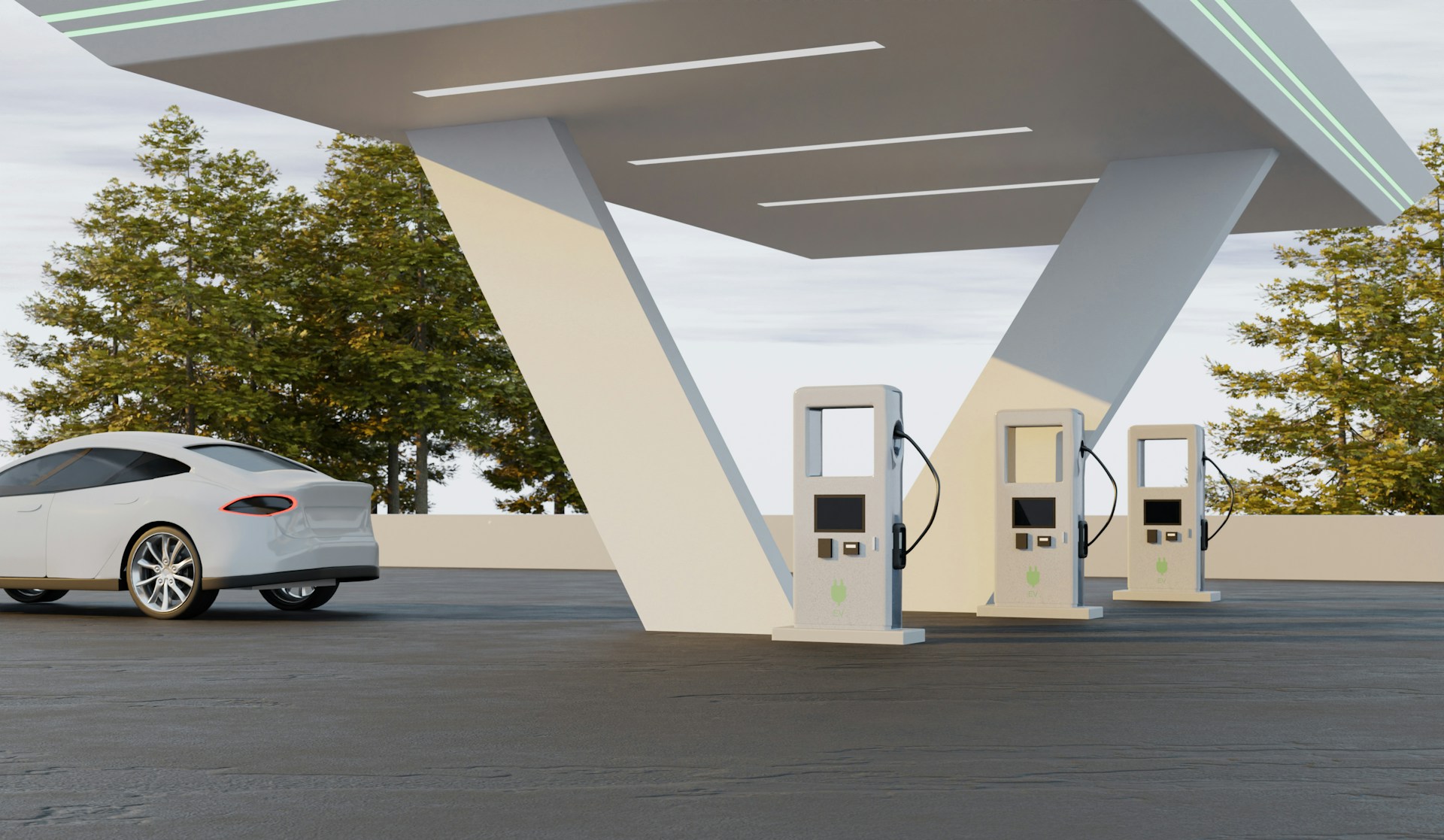
The gap between auction and retail prices for used electric vehicles has widened considerably. Fleet lease returns and corporate buyback vehicles flood auctions monthly. This creates opportunities for significant savings.
Need to calculate car depreciation? Electric cars often show steeper initial drops than traditional vehicles. However, this creates value opportunities for informed buyers. The EV market is dynamic. Used electric vehicle prices at auction often reflect wholesale valuations rather than retail markup. It’s easier for buyers to access premium Tesla models and other high-end electric vehicles.
The used market continues benefiting from EV incentives that previously supported new vehicle purchases. Those subsidized cars now enter the secondary market at more accessible price points.
| Vehicle Category | Auction Price Range | Retail Price Range | Average Savings |
| Compact EVs | $8,000-$15,000 | $12,000-$22,000 | $4,000-$7,000 |
| Mid-size EVs | $15,000-$28,000 | $22,000-$38,000 | $7,000-$10,000 |
| Luxury EVs | $25,000-$45,000 | $35,000-$65,000 | $10,000-$20,000 |
Impact of Fleet Lease Returns on Auction Supply
Corporate fleets have significantly increased used EVs at auctions. Many companies leased electric vehicles during peak federal EV tax credit periods. This created a surge of returns. Such vehicles typically show consistent maintenance records. Fleet managers often replace entire EV inventories simultaneously. They flood specific auction dates with similar models.
The expected rotation of corporate fleets has created predictable supply cycles that savvy buyers can exploit. Last month alone, several major fleet operators released hundreds of used Tesla Model 3 and Model Y vehicles, demonstrating how corporate purchasing decisions impact the broader used EV prices landscape.
Key characteristics of fleet lease returns:
- Consistent service records and maintenance schedules.
- Moderate annual mileage averaging 12,000-15,000 miles.
- Popular vehicle configurations without custom modifications.
- Complete documentation, including battery health reports.
- Higher concentration of business-friendly colors and trim levels.
Fleet lease returns now comprise approximately 35% of auction EV inventory, up from just 12% two years ago.
Seasonal Inventory Patterns for EV Auctions
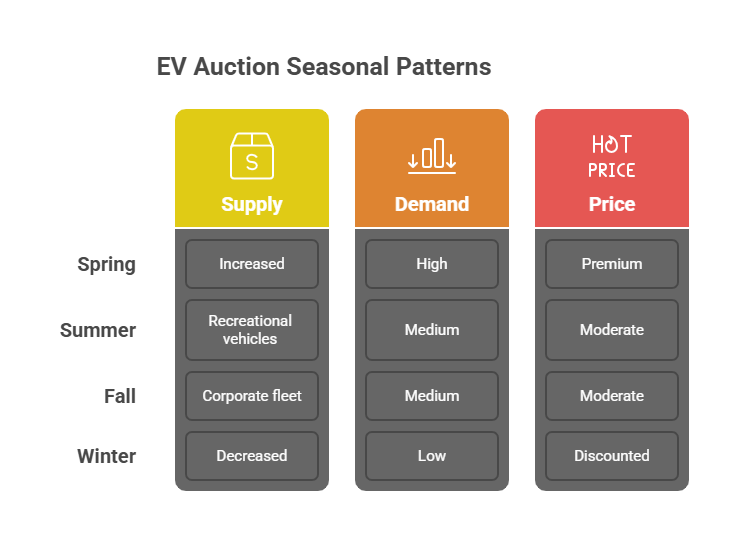
EV auction inventory follows predictable seasonal patterns. Smart buyers can leverage them. Spring months typically see increased supply. Lease terms expire, and tax season motivates individual sellers. Summer auctions often feature recreational vehicles and convertibles. Fall brings corporate fleet refreshes. Understanding these cycles helps buyers time their EV purchases for maximum selection and competitive prices.
The seasonal nature of demand also affects used EV prices across different model years. Newer vehicles command premiums during peak buying seasons. Recurrent electric vehicle data suggests that timing purchases around low-demand periods can yield savings of 10-15% compared to peak season pricing.
Seasonal auction patterns:
- Spring (March-May): Peak lease return season with the highest inventory.
- Summer (June-August): Recreational and luxury EV concentration.
- Fall (September-November): Corporate fleet disposal and model year transitions.
- Winter (December-February): Lowest inventory but potentially better individual deals.
Evaluating a Used EV’s True Value
Determining fair value for used electric cars differs from that of gas cars. Battery health significantly impacts long-term ownership costs. Remaining manufacturer warranties affect the resale value of electric cars vs gas vehicles.
Modern EVs depreciate faster initially. However, they may stabilize sooner than traditional vehicles. Buyers should verify charging cycles, capacity retention, and software update eligibility.
The growing availability of new EVs entering the market has put downward pressure on used car prices. This particularly concerns older model years. This trend makes sense from an economic perspective. Consumers gain access to improved technology and features in newer models. Comparing used gas car values to electric alternatives often reveals that EVs provide better long-term value. At the same time, their initial acquisition costs are definitely higher.
| Evaluation Factor | Weight in Decision | Key Metrics |
| Battery Health | 40% | Capacity retention, charging cycles |
| Warranty Coverage | 25% | Remaining powertrain, battery warranties |
| Maintenance History | 20% | Service records, recall compliance |
| Market Positioning | 15% | Model popularity, upcoming replacements |
SCA data shows Tesla Model vehicles retain approximately 15% more value than comparable luxury electric cars after three years.
Battery Health and Warranty Considerations
Battery health represents the most critical factor when buying a used electric car. Most EV batteries maintain 80-90% capacity after five years. However, individual results vary significantly. Warranties typically extend 8 years or 100,000 miles. They provide substantial protection for used EV buyers. Prospective EV owners should request diagnostic reports. Verifying warranty transferability is also essential. Understanding specific cycles and degradation patterns helps buyers make informed decisions about upfront costs versus long-term value.
Tesla vehicles have demonstrated exceptional battery longevity. Thus, Tesla model purchases are attractive even with higher initial prices.
The ongoing dropping EV prices trend helps buyers. They can now access vehicles with substantial remaining warranty coverage at significantly reduced costs. Compared to their original retail pricing, such a perspective is great.
Auction Red Flags for High-Voltage System Tampering
Identifying potential high-voltage system issues protects buyers from expensive repairs. Salvage electric cars may have hidden electrical damage. Standard inspections sometimes miss existing problems. Professional mechanics familiar with EV technology can evaluate any vehicle. Problematic cars showing electrical warning lights or unusual charging behavior deserve particular attention. Modified charging ports, aftermarket components, or missing safety labels indicate possible tampering.
Warning signs of system tampering:
- Mismatched or missing high-voltage warning labels.
- Non-OEM charging ports or connectors.
- Unusual compartment modifications.
- Aftermarket cooling system components.
- Missing or damaged safety isolation switches.
- Evidence of electrical system repairs without proper certification.
SCA Insight: 18% of EVs with tampering signs had unresolved electrical issues. Skipping diagnostics led to $3,400 in average repairs.
Timing Your Purchase for Maximum Savings
Strategic timing maximizes savings in the used EV market. End-of-month auctions often feature lower reserve prices as sellers meet disposal quotas. Tax incentive deadlines create buying urgency that smart shoppers can exploit by purchasing slightly earlier. Constant EV model announcements typically decrease demand for older versions. This creates temporary value opportunities.
Monitoring EV sales trends and manufacturer incentive cycles helps buyers identify optimal purchase windows for their target EVs. The continuous introduction of more EVs into the marketplace creates competitive pressure. It ultimately benefits consumers through cheaper pricing across all segments. Grasping when specific manufacturers plan to release updated versions can help buyers secure better deals on current-generation vehicles. Dealers and fleet operators prepare for inventory transitions.
Used EV values drop an additional 8-12% during the month following major new EV announcements.
Best Value Used Electric Car Models Right Now
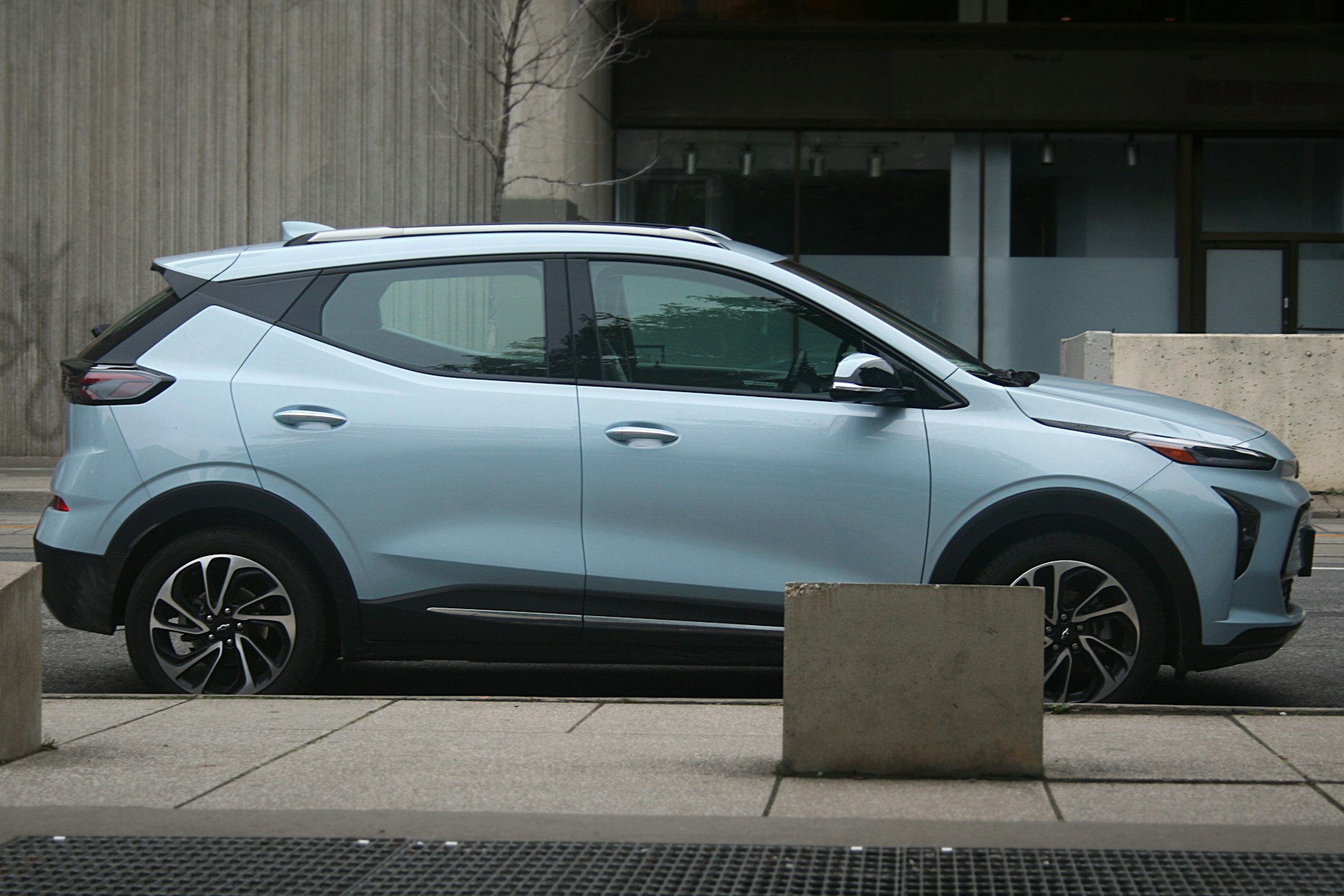
Current car market conditions favor specific EVs. Today, some cars combine reliability, features, and affordability. For instance, despite earlier battery concerns, the Nissan Leaf offers excellent entry-level value. Tesla Model 3 vehicles provide premium features. Plus, they show increasingly accessible prices. Chevy EVs deliver impressive range per dollar spent. These vehicles represent the sweet spot where depreciation creates opportunity without sacrificing essential EV benefits.
| Model | Average Price Range | Key Advantages | Potential Concerns |
| Nissan Leaf (2018-2020) | $12,000-$18,000 | Proven reliability, affordable parts | Limited range, older charging standard |
| Tesla Model 3 (2018-2019) | $22,000-$32,000 | Supercharger network, software updates | Higher repair costs, paint quality |
| Chevy Bolt (2017-2019) | $13,000-$20,000 | Excellent range, affordable maintenance | Recall history, interior quality |
Rare EV Variants That Hold Value Exceptionally Well
Certain electric vehicle configurations maintain stronger resale values. It’s due to limited production or unique features. Performance versions of popular EVs often appreciate rather than depreciate. Limited edition colors, special trim packages, or discontinued features create collector interest. Early model years of successful platforms sometimes gain historical significance that supports pricing.
| Variant Type | Examples | Value Retention | Market Drivers |
| Performance Models | Tesla Model S P100D | 85-95% | Limited production, track capability |
| Launch Editions | BMW i3 Launch Edition | 80-90% | First-year collectibility |
| Rare Colors | Tesla Model Y Pearl White | 90-100% | Popular color on discontinued option |
Analysis shows performance-oriented electric vehicles retain value 20-30% better than base EV equivalents.
Avoiding Common Pitfalls When Buying a Used EV
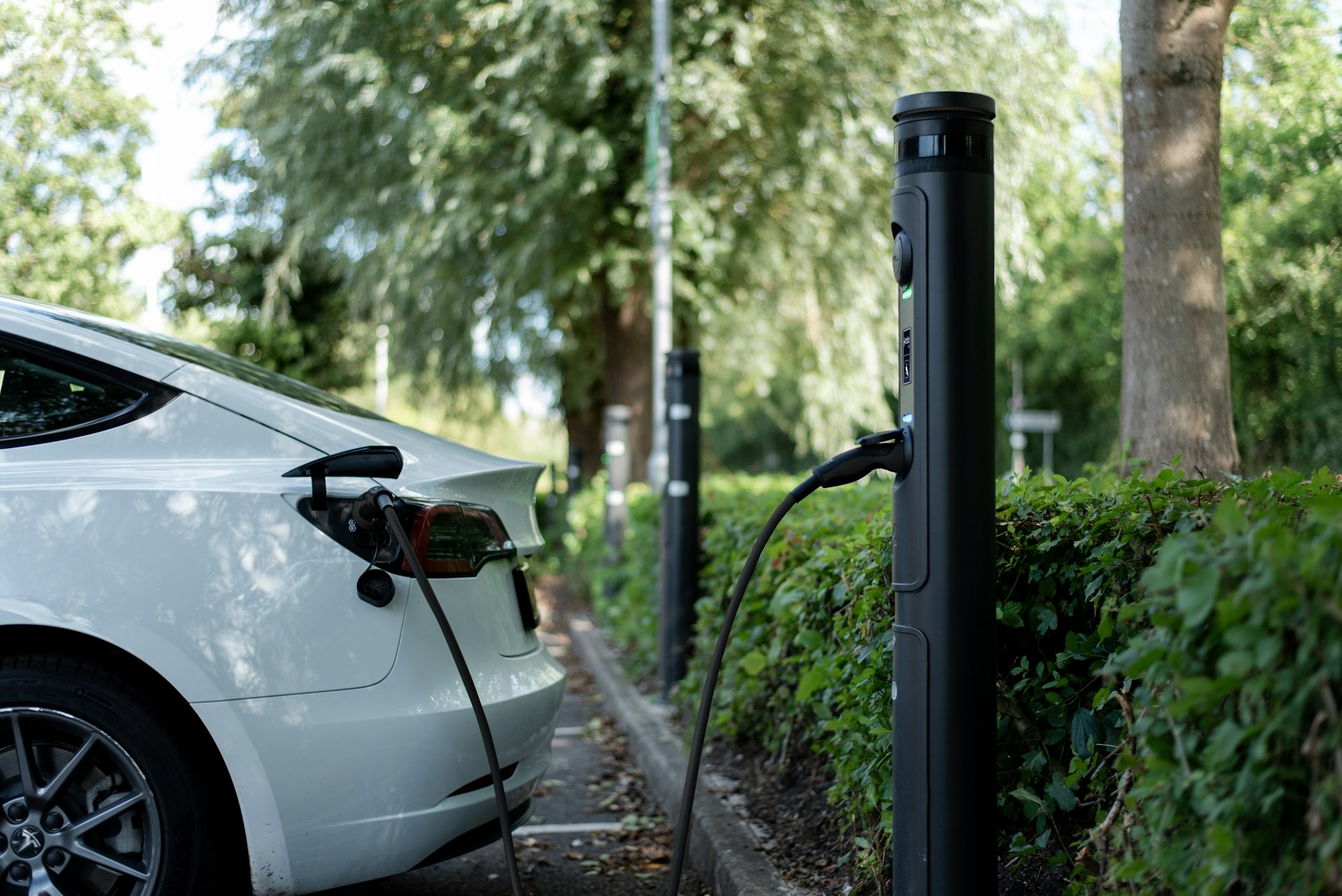
Success in the used electric vehicle market requires avoiding several common mistakes that cost buyers significantly. A VIN decoder helps verify vehicle history. Such a tool assists in identifying potential issues before purchase. Understanding the specific nuances of buying a car at auction prevents costly oversights. Smart financial decision-making involves considering total ownership costs beyond the initial sale price.
- Failing to verify the complete charging equipment and adapters.
- Overlooking software update eligibility and subscription services.
- Ignoring cold weather performance impacts on battery range.
- Underestimating home charging installation costs and requirements.
- Skipping professional pre-purchase battery diagnostic testing.
- Assuming all manufacturer warranties transfer automatically to new owners.
- Not researching local charging infrastructure availability and costs.
Summary
The auction market for used electric cars presents exceptional opportunities for informed buyers. EV prices continue dropping, and supply increases. Strategic shoppers can secure reliable electric vehicles at substantial discounts. Success requires understanding battery health evaluation, timing market cycles, and recognizing value in specific EVs. Auction purchases can provide affordable access to modern EV technology. The tips above will help avoid many traditional used car market pitfalls.
FAQ
What Is the Most Popular Color for Electric Cars?
Current market preferences show distinct color trends for electric vehicles compared to traditional cars.
Popular EV colors include:
– White (Pearl and solid variants) – 35% of EV sales.
– Black and dark gray metallics – 25% of sales.
– Silver and light gray options – 20% of sales.
– Blue variants (especially on Teslas) – 12% of sales.
– Red and other bright colors – 8% of remaining sales.
Does an EV Use More Electricity Than a House?
Compared to average household usage, most electric cars consume significantly less electricity. They typically use 3,000-4,000 kWh annually. Homes average 10,500 kWh yearly.
What Drains an Electric Car Battery the Most?
Several factors impact EV battery consumption more than others. Climate control is the primary concern.
Major battery drains include:
– Heating and air conditioning systems (up to 40% range reduction).
– High-speed highway driving above 70 mph.
– Cold-weather operation and battery thermal management.
– Aggressive acceleration and rapid deceleration patterns.
– Electronics and infotainment system usage during parking.
Why Do Some Auction EVs Have Unusually Low Mileage for Their Age?
Many auctioned electric vehicles come from corporate fleets, rental companies, or lease programs where vehicles weren’t driven daily. This results in below-average annual mileage accumulation.
Are There Risks Buying an EV That Sat Unsold at Auction for Months?
Extended storage can impact battery health and other systems. However, modern EVs handle storage better than older EVs. Professional inspection remains advisable.



